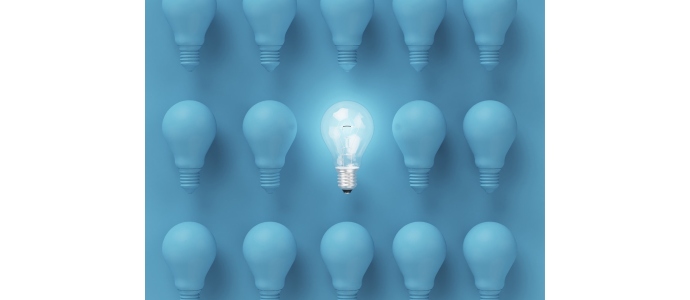
The Future of Enlightenment
The evolution of lighting in recent years has been enormous, mainly in LED technology, which has been replacing traditional bulbs and even halogens. The future of lighting is based on achieving sustainable lighting and reducing production costs, achieving the best quality at the lowest possible price.
Bio LED
This guy of LED bulbs are created with luminescent proteins. These luminescent proteins can be developed in the laboratory, in bacteria such as Escherichia coli (E.coli), with which a white light bio-LED was created.
Being that electricity is incompatible with water (a necessary aspect for bacteria), the protein was isolated and replaced by an elastic material made with two-polymer rubber capable of maintaining the structure and therefore the functionality of luminescent proteins.
Benefits of this type of bulbs:
● It is estimated that its price will be between 10 and 15% cheaper than current LED bulbs.
● They are much greener, as they are made with biodegradable materials that nature would recycle very quickly.
● They have a higher quality of light, unlike the current LED that projects a whiter light.
● Although the useful life is around 150 hours, work is being done to reach the 50,000 hours of duration that most current LEDs have.
Remote controls
The remote controls that many companies are already implementing are based on the use of tablets or smartphones. This type of system provides greater comfort and efficiency when managing the lights of both a house and an office or business.
Through an interface designed for the complete understanding of the client, he will be able to access a series of controls related to the level of lighting and tonality of the same. This will allow the lights to be adapted to each moment of the day and to each specific need of the place and business.
On the other hand, other types of automatic remote controls are being implemented. Such as presence sensors so that the lights turn on only when necessary.
Pure white light
Getting the whitest light possible is also one of the goals of LED lighting . Until now, the combination of red, blue and green LED lights to achieve white light required an overly expensive assembly and manufacturing process. However, several companies are developing a new formula.
This consists of integrating platinum atoms into an organic polymer in the form of a chain. These atoms will achieve that the colors emitted by the different lights harmonize giving rise to a much purer white light than what was achieved until now. In fact, this white light used to have a bluish hue.
Increased optical performance
Arguably, this is an ongoing challenge as it can always be improved. However, there are companies that through design focused on energy efficiency are reaching very interesting levels of performance. Thus, lighting will stand out for its efficiency, durability and performance.
In Same Category
Related by Tags
¿Necesitas un Presupuesto?
.png)

Feedback
No comment at this time!
Leave your comment